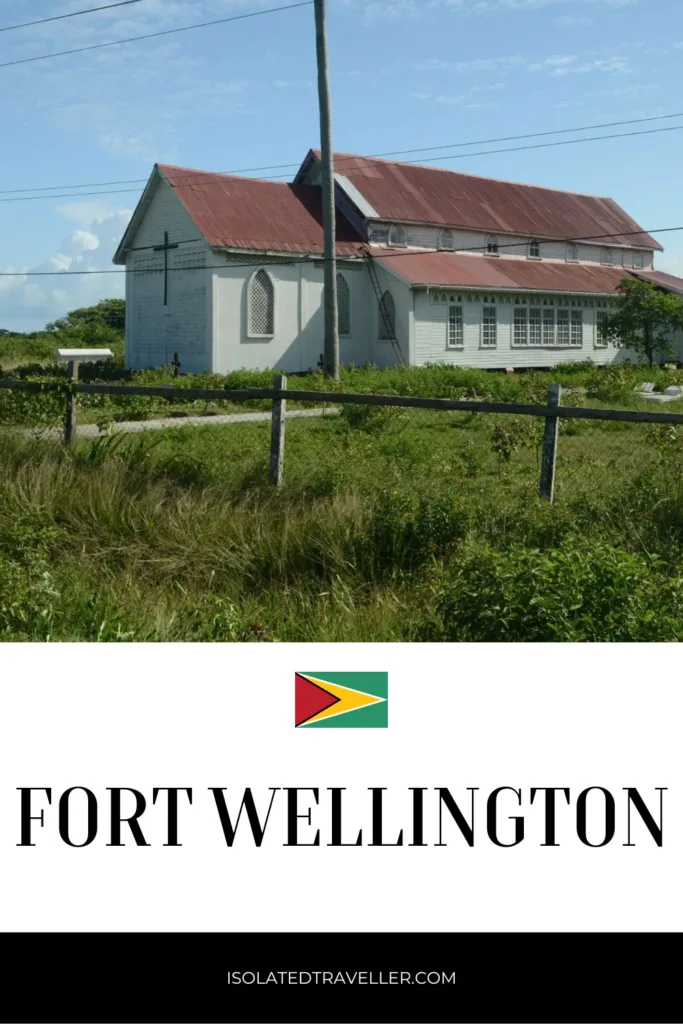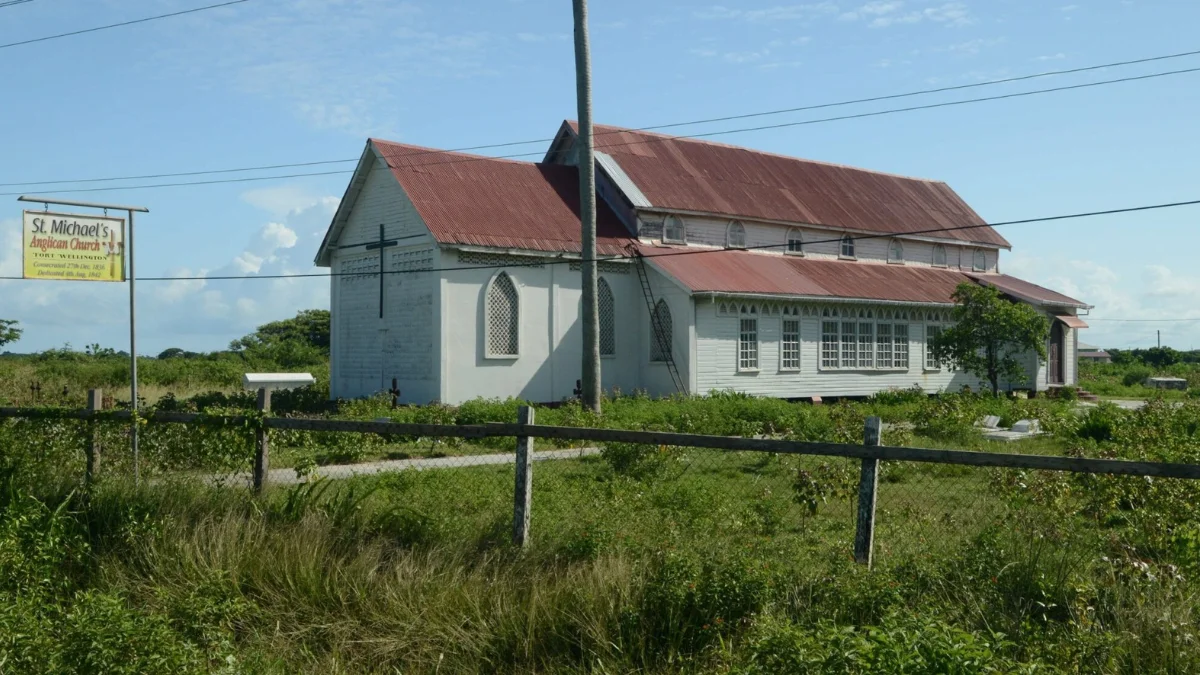Fort Wellington
Fort Wellington stands as a village situated in the Mahaica-Berbice region of Guyana, serving as the administrative hub for the region.
The town’s economic vitality revolves around government administration and agriculture.
In 2017, two students from the University of Guyana collaborated with a Canadian agricultural organization to conduct a feasibility study on onion cultivation in Guyana.
Fort Wellington Toponymy
Fort Wellington acquired its name from the fort that occupied the area of the former police station. It was given by the surveyor, T.R. Earl who demarcated it between Onderneeming Village to the west and Naarstigheid, an uninhabited area which was once a Dutch plantation, to the east. The town was built on the grounds of the plantation, the Catherinas Lust.
Brief History of Fort Wellington
Originally erected in 1615 by the Dutch, the initial fort was constructed from earth and timber. Its purpose was to safeguard the Dutch colony of Essequibo from Spanish attempts to establish a presence in the region.
In 1781, the British assumed control of the fort and initiated enhancements. They erected a stone wall, introduced a moat, and installed a drawbridge. the British fortified the structure with cannons, fortifying its defences against potential threats to the colony.
Throughout the 19th century, the fort served as a pivotal outpost for the British, safeguarding their interests in the region and protecting the colony from French and Dutch adversaries.
In 1814, the fort faced a French assault in an attempt to reclaim the colony. The British successfully repelled the attack, maintaining control until 1831 when the fort was relinquished to the Dutch.
British control was reestablished in 1835 and persisted until 1966 when the fort was handed over to the government of Guyana.
Today, the fort stands as a popular tourist destination, open to the public for exploration. Visitors can delve into the fort’s history, gaining insights into its significant role in Guyana’s past.


